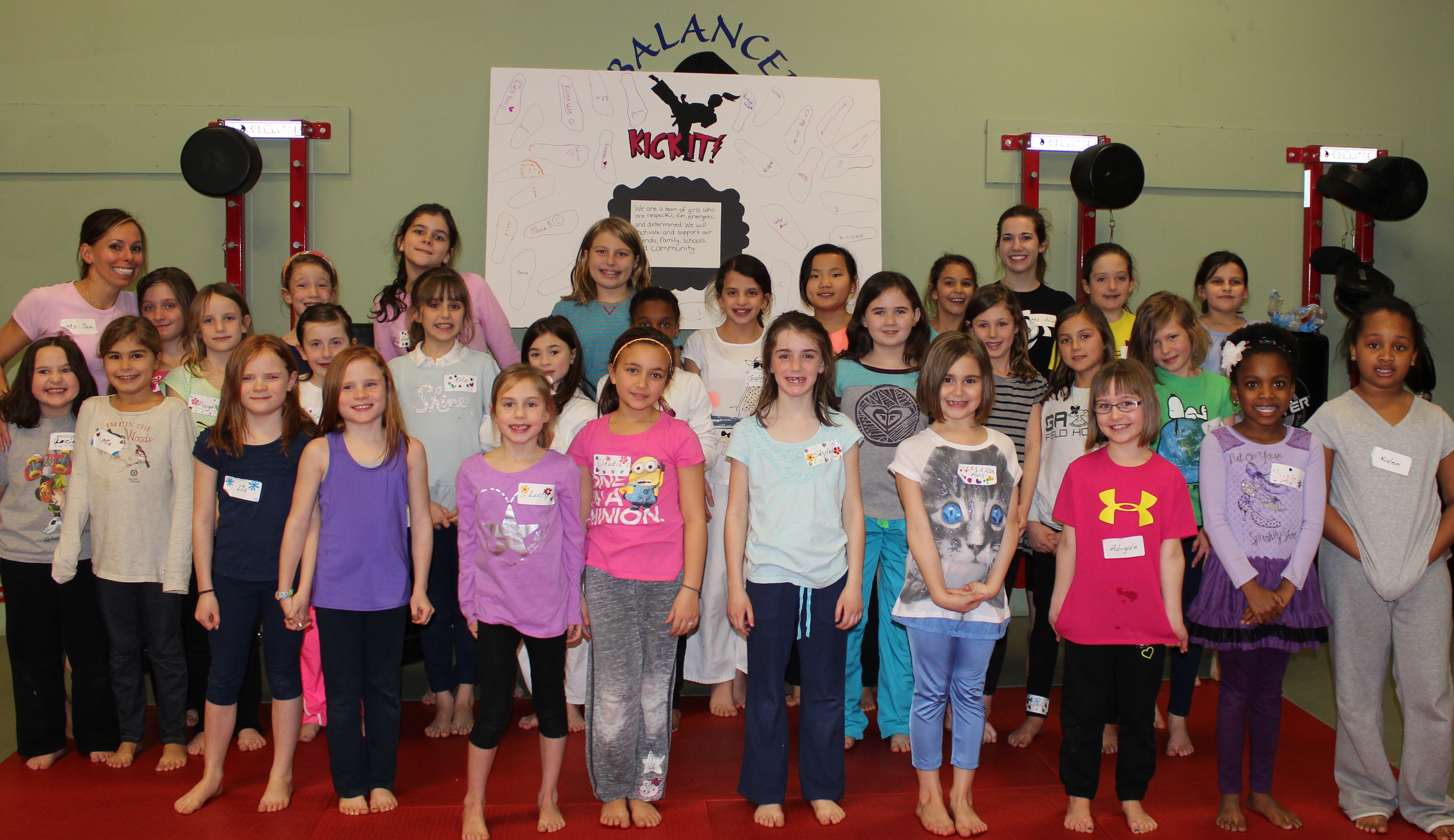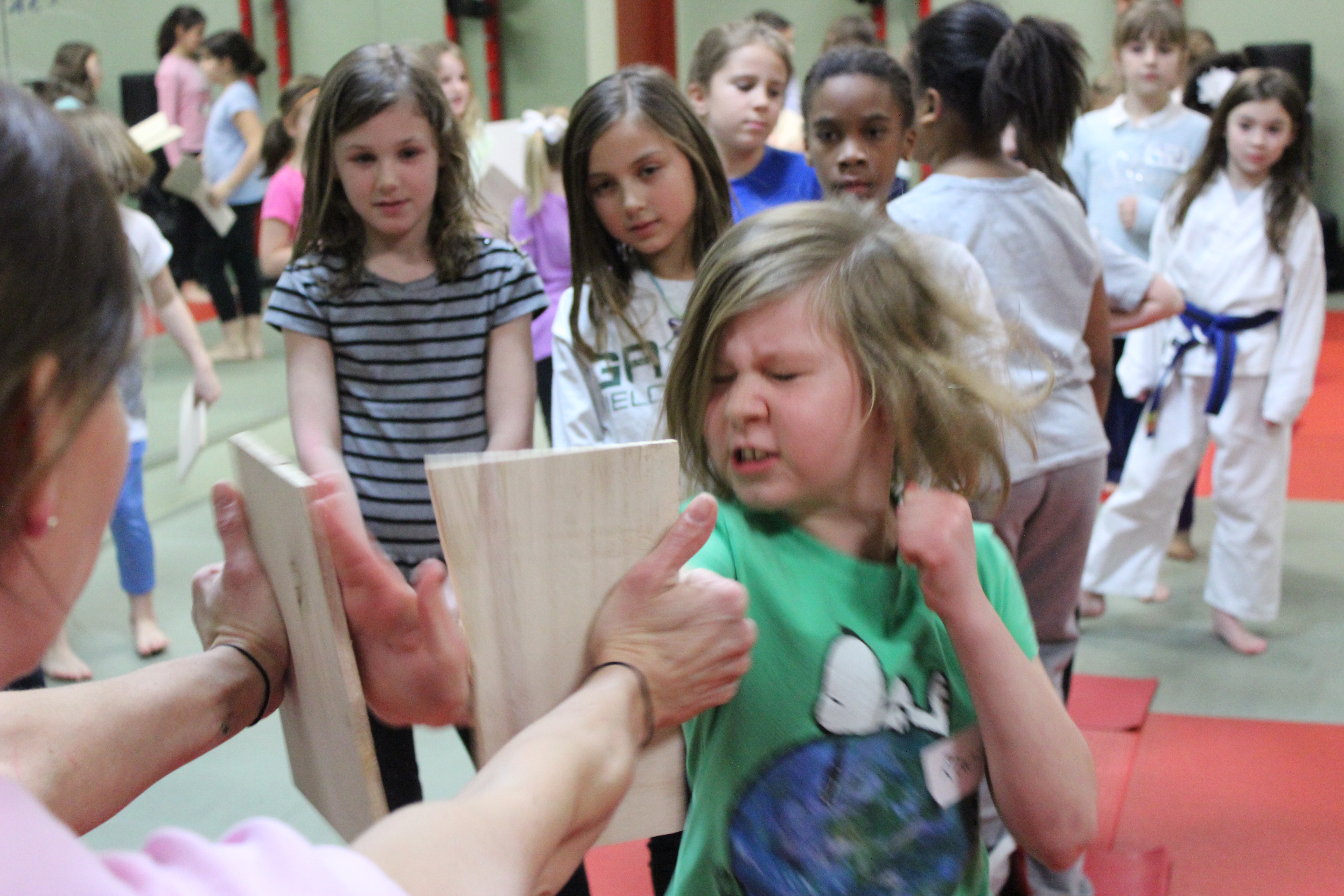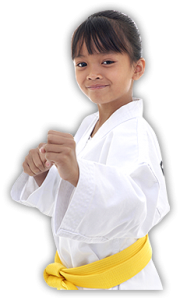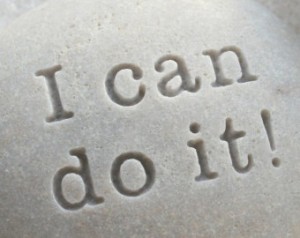 Why does our family exist? Have you ever considered the question, Why have a family?…. What is our family all about?…. What do you really want to do and be as a family?… What are the principles that our family lives by?
Why does our family exist? Have you ever considered the question, Why have a family?…. What is our family all about?…. What do you really want to do and be as a family?… What are the principles that our family lives by?
Any successful business use a mission statement as a “constitution” of sorts to guide their decision making process and their operating procedures while they manufacture widgets. They find that having this kind of unified standards and guidance helpful in keeping everyone on the team headed in the same direction, and to employ individuals who share the same values. They are only manufacturing things! Families are having and molding children.
A mission statement for a family defines this families purpose, goals and standards. The mission statement describes our reason for being. It is our vision for this small unit with thought given to what the unit will produce. The family with a mission statement, that they refer to often – knows where they are going and makes decisions based on an end result.
Too many children today though have no clear direction that is articulated beyond – do well in school so you can go to a good college. Is that really the whole goal in life, to be able to say, “I went to a great college.”? When there is no bigger picture for our children, they will look for it elsewhere. Unfortunately the media is there to tell them what are good values, what ‘everyone’ is doing, and what behaviors are acceptable. It becomes very easy to get swept away with trends, fads and the values of others out of control. That really is not what we want for our children.
If our children are not grounded with a greater purpose, they may feel like they only have to hold it together, keep it functioning from day to day. How much better for them to learn that they can live with and for something bigger than just themselves. In our work to create a culture of peace, I believe that we need to define our mission or purpose and then live by it, for our children to feel safe and secure.






